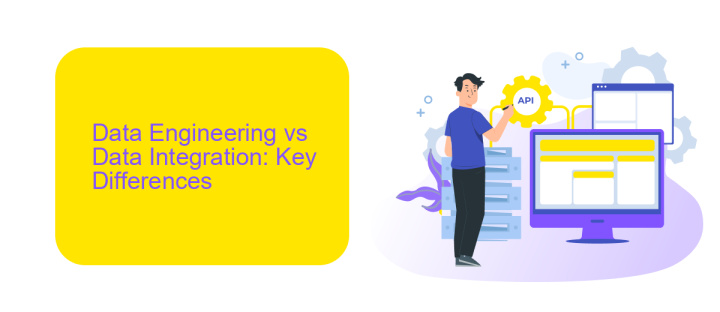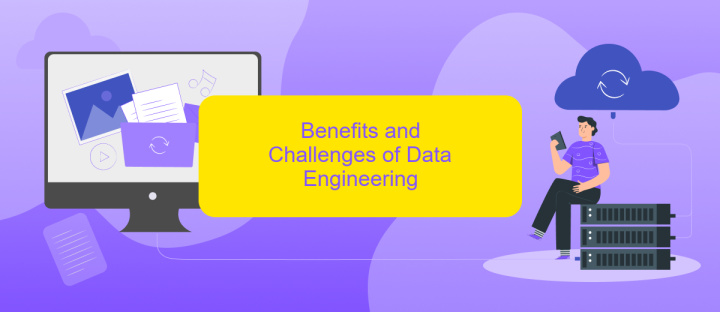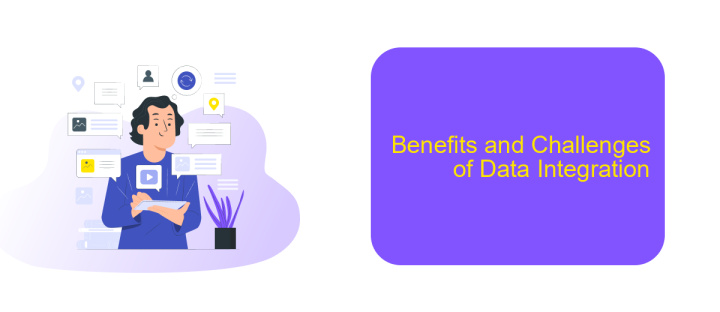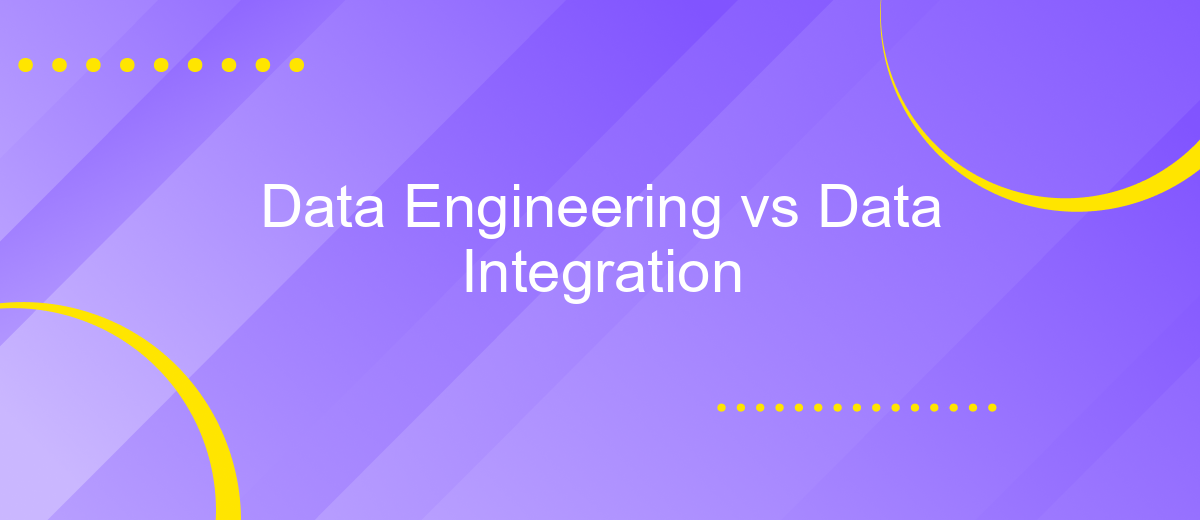Data Engineering vs Data Integration
In today's data-driven world, understanding the distinctions between data engineering and data integration is crucial for businesses aiming to leverage their data assets effectively. While data engineering focuses on the design, construction, and maintenance of data pipelines, data integration emphasizes the seamless combination of data from diverse sources. This article explores the unique roles and interplay between these two essential disciplines.
Introduction
Data engineering and data integration are two critical components in the modern data landscape, often working hand-in-hand to ensure that organizations can derive meaningful insights from their data. While both fields aim to optimize data usage, they focus on different aspects of the data lifecycle. Understanding these differences is crucial for businesses looking to leverage their data effectively.
- Data Engineering: Focuses on the creation of data pipelines, data warehousing, and ensuring data quality.
- Data Integration: Involves consolidating data from various sources into a unified view, often utilizing tools like ApiX-Drive for seamless integration.
By distinguishing between data engineering and data integration, organizations can better allocate resources and choose the right tools for their needs. Whether it's building robust data pipelines or integrating disparate data sources, each discipline plays a vital role in the data ecosystem. Services like ApiX-Drive can significantly ease the process of data integration, allowing businesses to focus on deriving actionable insights.
Data Engineering vs Data Integration: Key Differences

Data Engineering focuses on the design, construction, and maintenance of data architectures and infrastructures. It involves creating pipelines to collect, store, and process data efficiently. Data engineers work on ensuring data quality, scalability, and security. They use programming languages like Python and tools such as Apache Spark to manage large datasets and build robust data systems that support analytics and business intelligence activities.
Data Integration, on the other hand, is the process of combining data from different sources to provide a unified view. It involves extracting, transforming, and loading (ETL) data to make it accessible and usable for various applications. Tools like ApiX-Drive facilitate this process by offering automated integration solutions that connect disparate systems and streamline data flow. While data engineering builds the foundation, data integration ensures that the data is consistent and readily available for decision-making.
Benefits and Challenges of Data Engineering

Data engineering plays a crucial role in the modern data-driven landscape by enabling organizations to efficiently process and analyze large volumes of data. It facilitates the creation of robust data pipelines, ensuring data accuracy and availability for analytics and decision-making processes. This discipline is essential for transforming raw data into actionable insights, ultimately driving business growth and innovation.
- Improved Data Quality: Data engineering ensures that data is clean, consistent, and reliable, which is vital for accurate analysis.
- Scalability: Data engineering solutions can handle increasing volumes of data, making it easier for organizations to scale their operations.
- Automation: Tools like ApiX-Drive help automate data integration processes, reducing manual effort and minimizing errors.
- Real-time Processing: Data engineering enables real-time data processing, which is critical for timely decision-making and responsiveness.
Despite its benefits, data engineering also presents several challenges. It requires significant expertise and resources to set up and maintain complex data pipelines. Ensuring data security and compliance with regulations can be demanding. Additionally, integrating diverse data sources can be cumbersome without the right tools. Services like ApiX-Drive simplify these integrations, allowing organizations to focus on deriving value from their data rather than managing it.
Benefits and Challenges of Data Integration

Data integration is a crucial aspect of modern data management, enabling organizations to consolidate data from multiple sources into a unified view. This process enhances decision-making, improves data quality, and ensures consistency across various systems. By integrating data, businesses can gain comprehensive insights and streamline their operations.
However, data integration is not without its challenges. Integrating data from disparate systems often involves dealing with different data formats, inconsistent data quality, and varying data update frequencies. Additionally, ensuring data security and compliance with regulations can be complex and time-consuming.
- Improved data accuracy and consistency
- Enhanced decision-making capabilities
- Streamlined business processes
- Reduced data silos
- Better customer insights
Tools like ApiX-Drive can simplify the data integration process by providing automated workflows and seamless connections between various data sources. This not only reduces the manual effort required but also ensures that data remains up-to-date and reliable. By leveraging such services, organizations can overcome many of the common challenges associated with data integration.


Conclusion
In conclusion, while Data Engineering and Data Integration serve distinct purposes within the data ecosystem, they are intrinsically linked. Data Engineering focuses on the architecture, pipeline creation, and maintenance, ensuring that data is clean, reliable, and accessible. On the other hand, Data Integration is about combining data from different sources to provide a unified view, which is essential for comprehensive analysis and informed decision-making.
Services like ApiX-Drive play a crucial role in simplifying Data Integration. By automating the process of connecting various data sources, ApiX-Drive allows businesses to seamlessly integrate their data without the need for extensive technical expertise. This not only saves time and resources but also ensures that data is readily available for analysis and reporting. Ultimately, leveraging both Data Engineering and Data Integration practices, supported by tools like ApiX-Drive, empowers organizations to unlock the full potential of their data.
FAQ
What is the difference between Data Engineering and Data Integration?
Why is Data Engineering important?
What are the key skills required for a Data Engineer?
How does Data Integration help businesses?
What tools can be used for automating Data Integration?
Time is the most valuable resource in today's business realities. By eliminating the routine from work processes, you will get more opportunities to implement the most daring plans and ideas. Choose – you can continue to waste time, money and nerves on inefficient solutions, or you can use ApiX-Drive, automating work processes and achieving results with minimal investment of money, effort and human resources.

